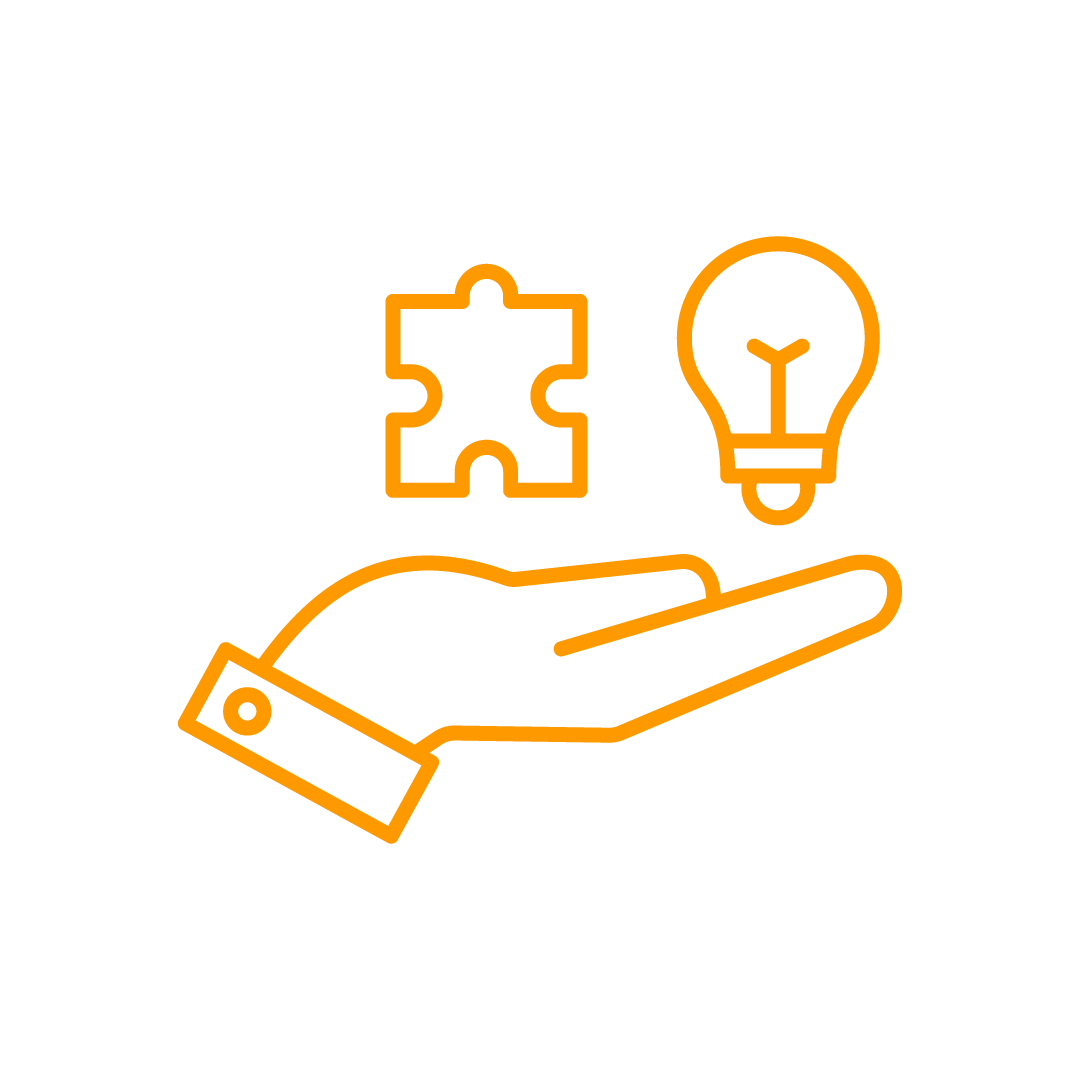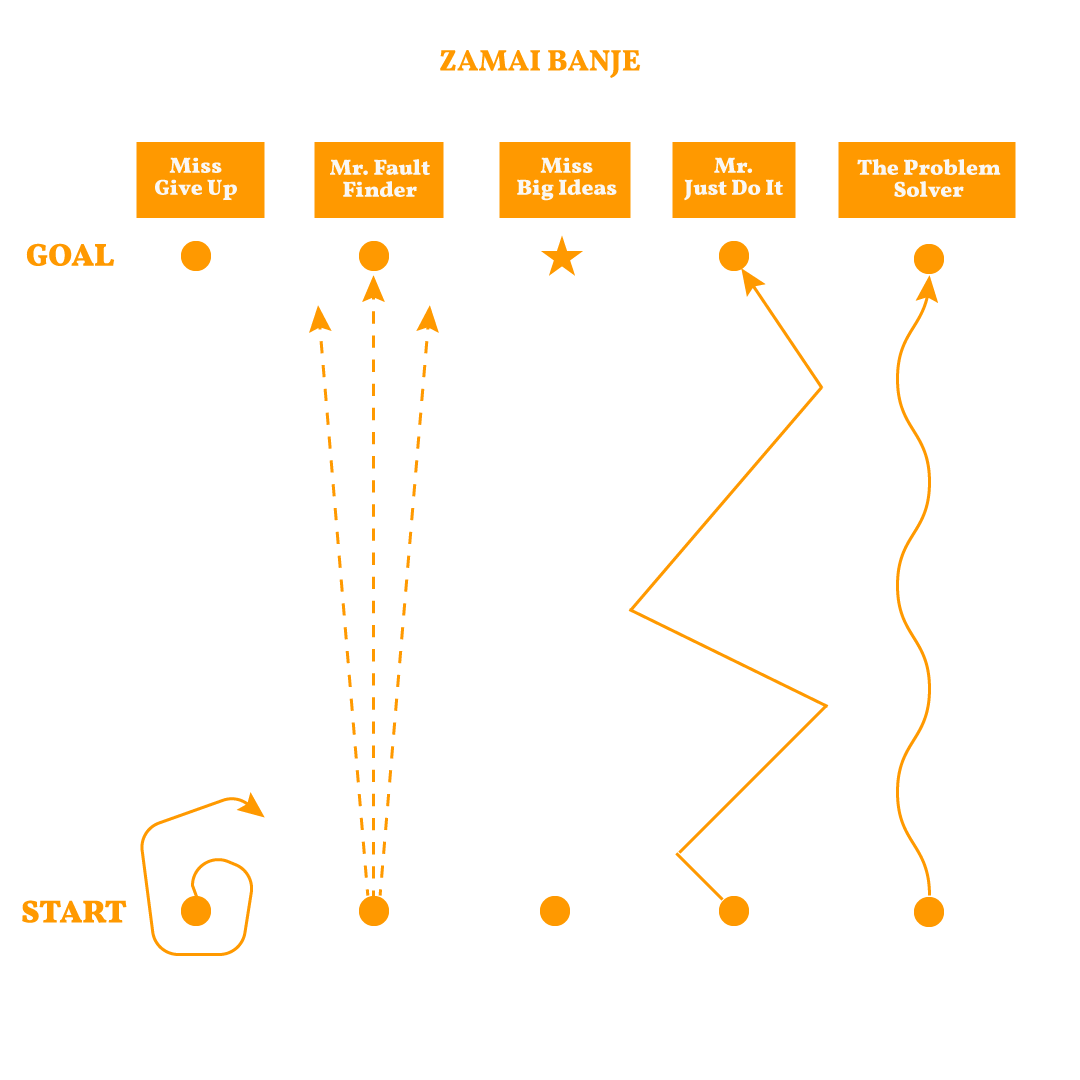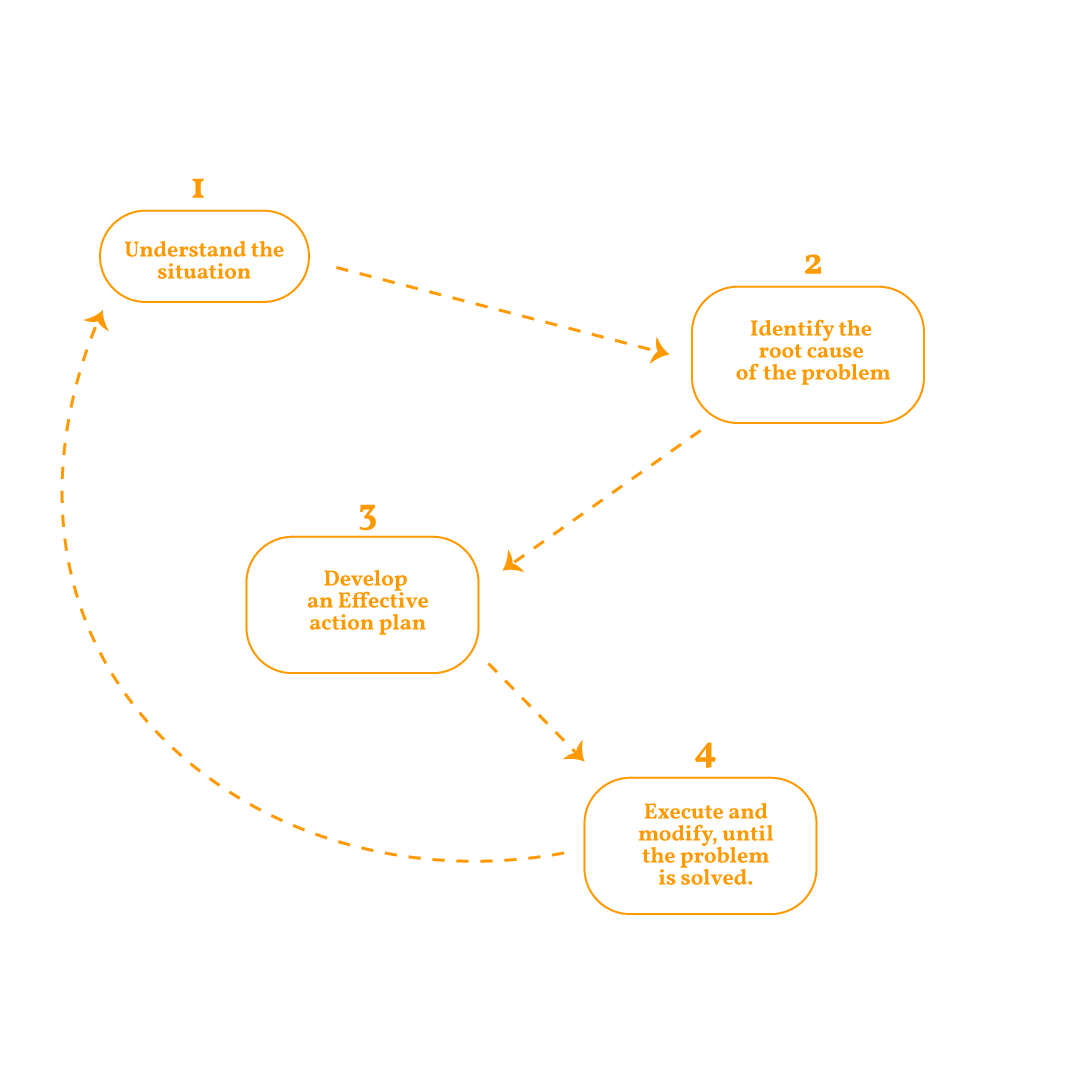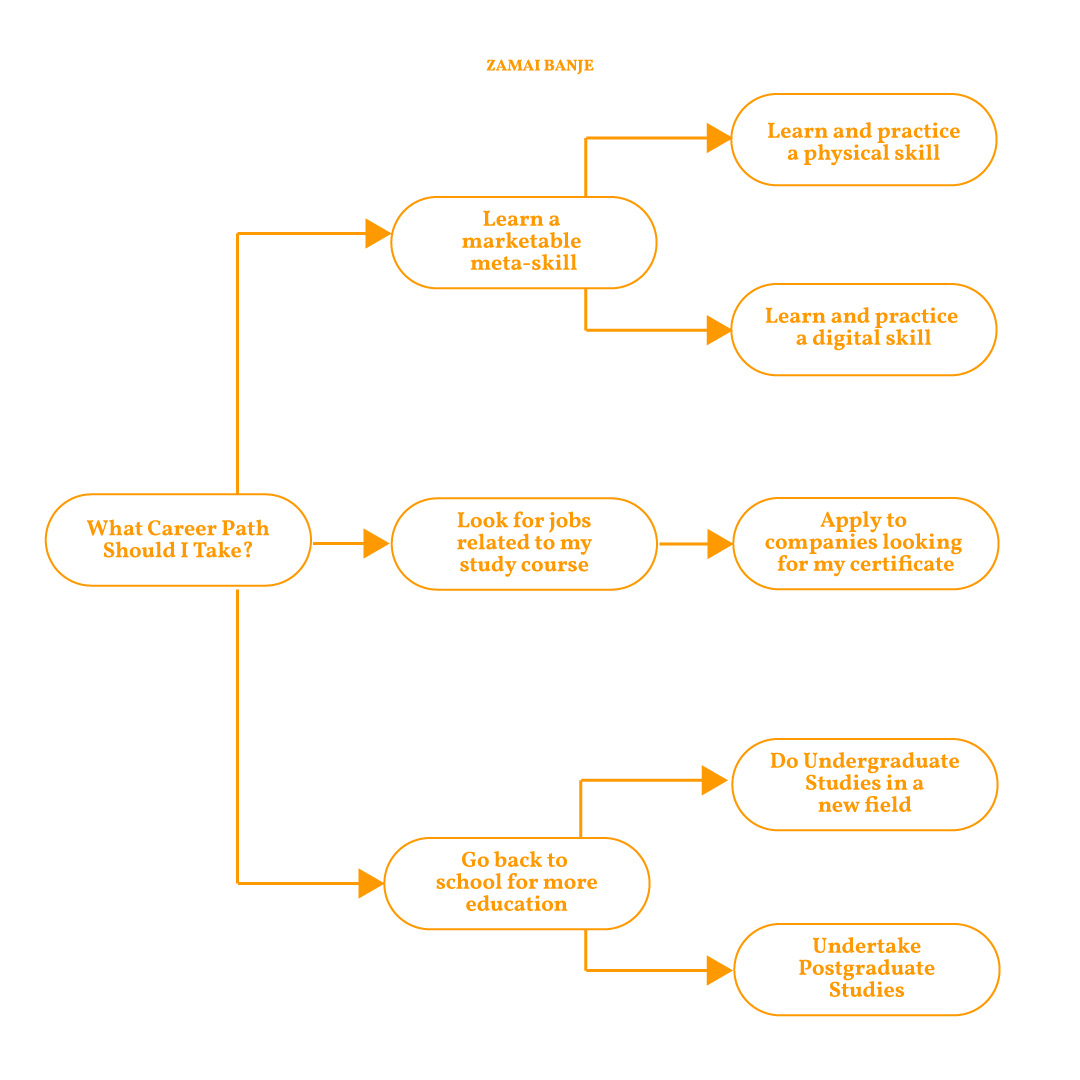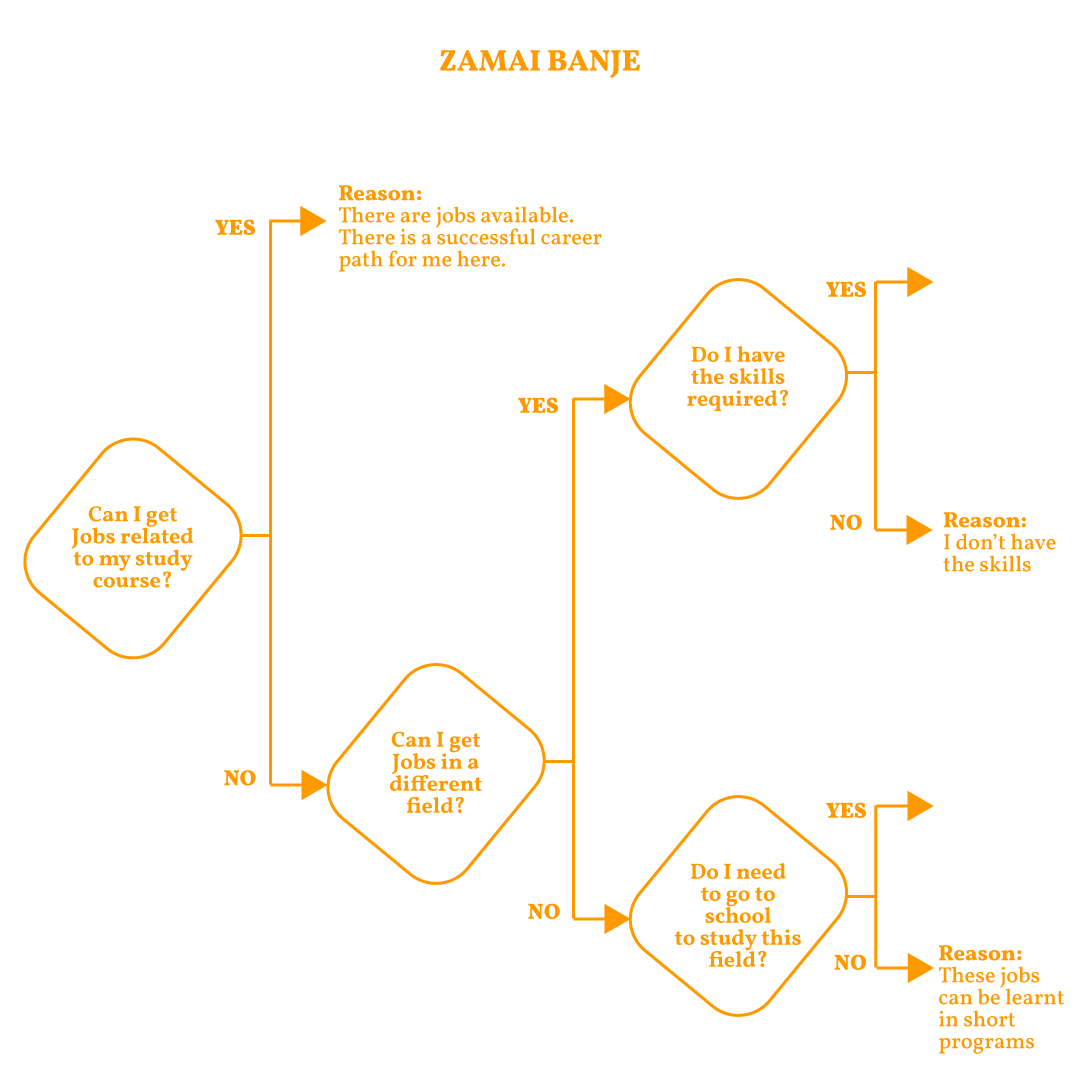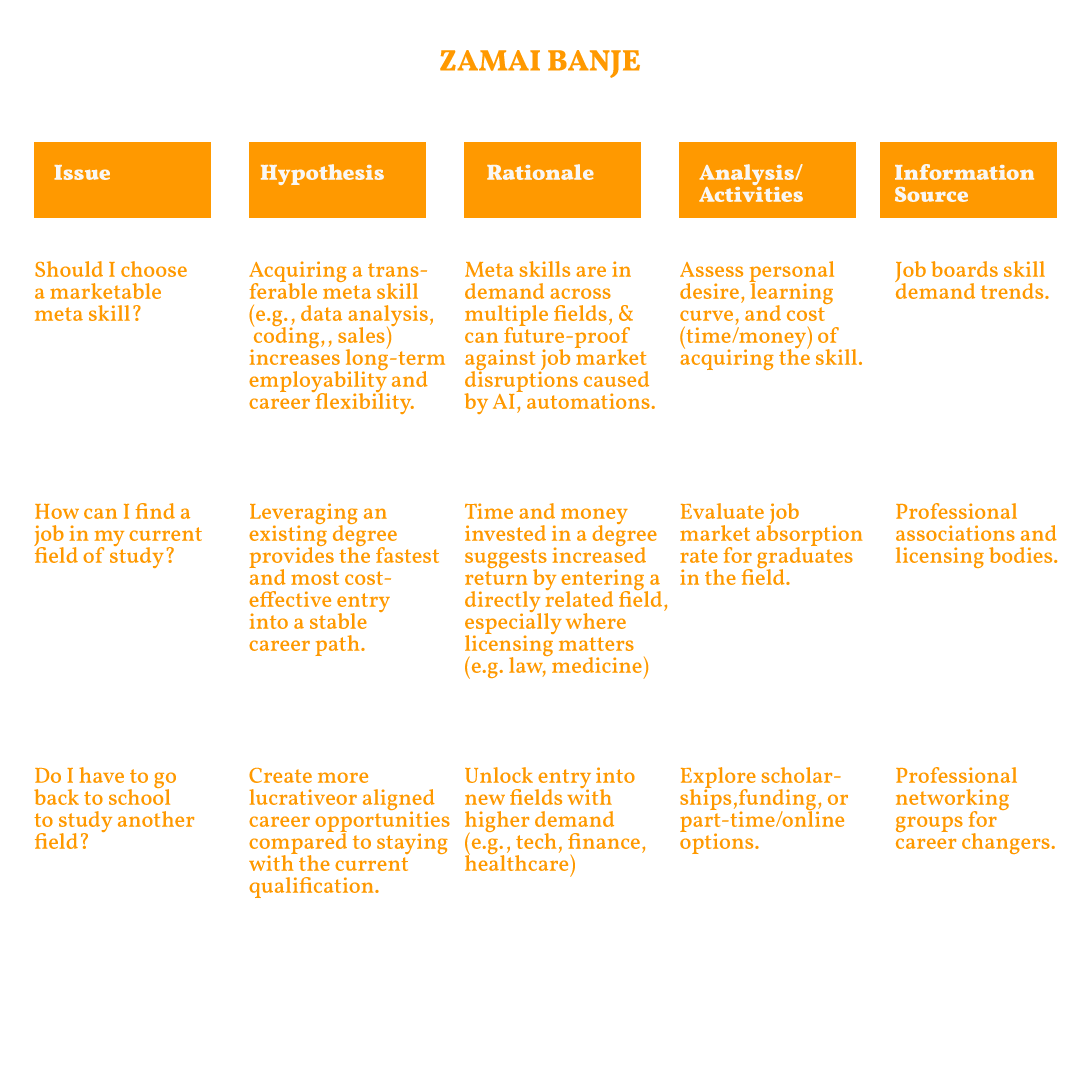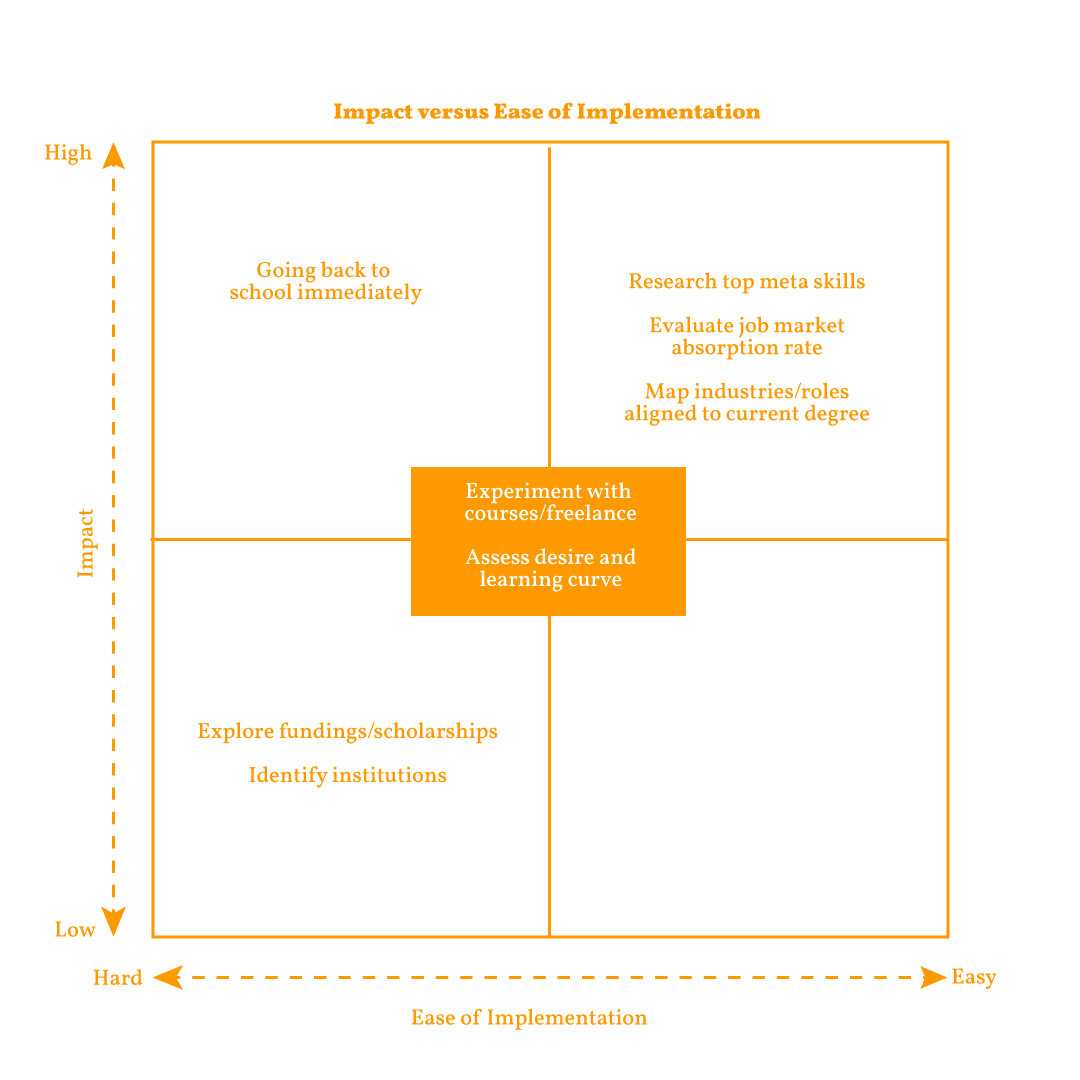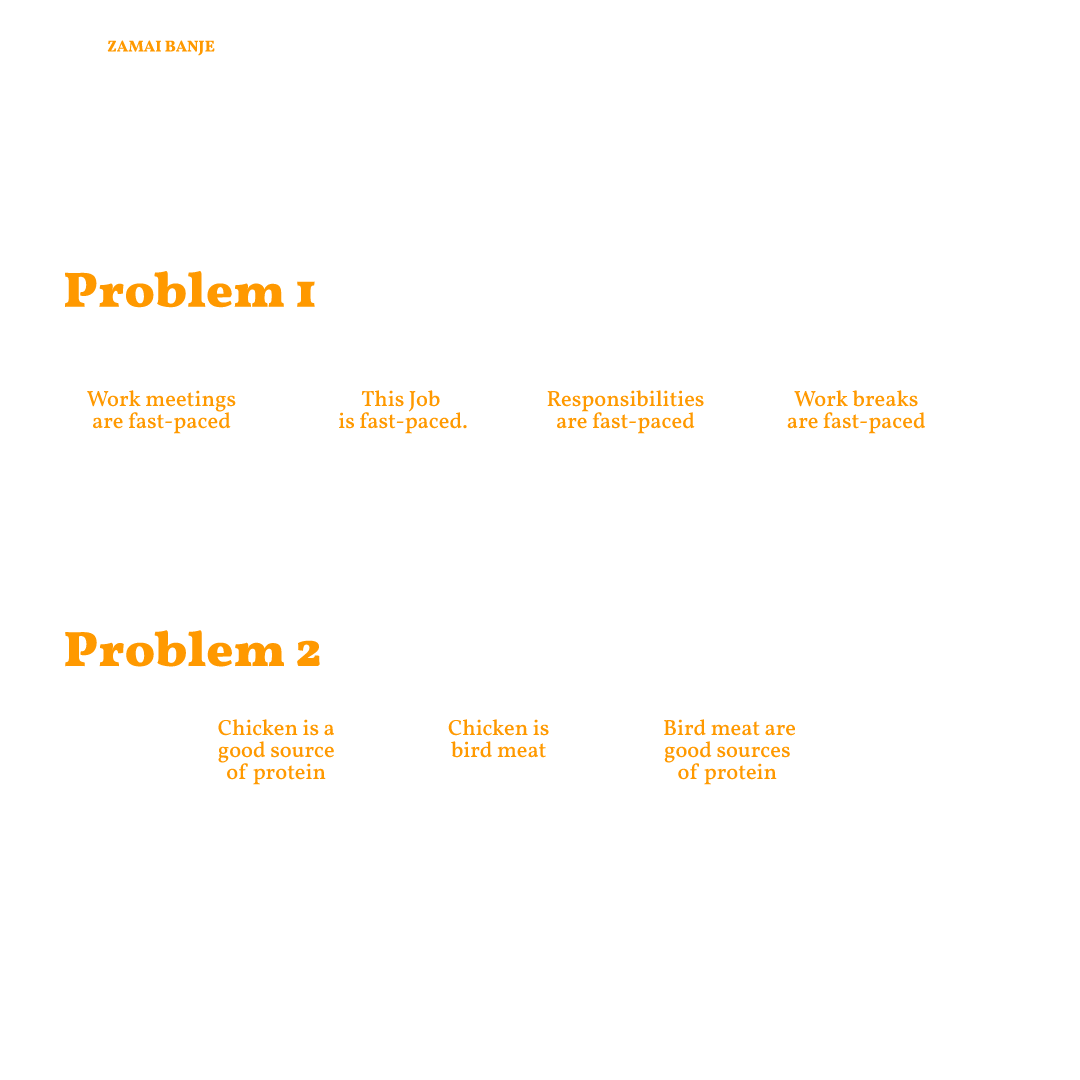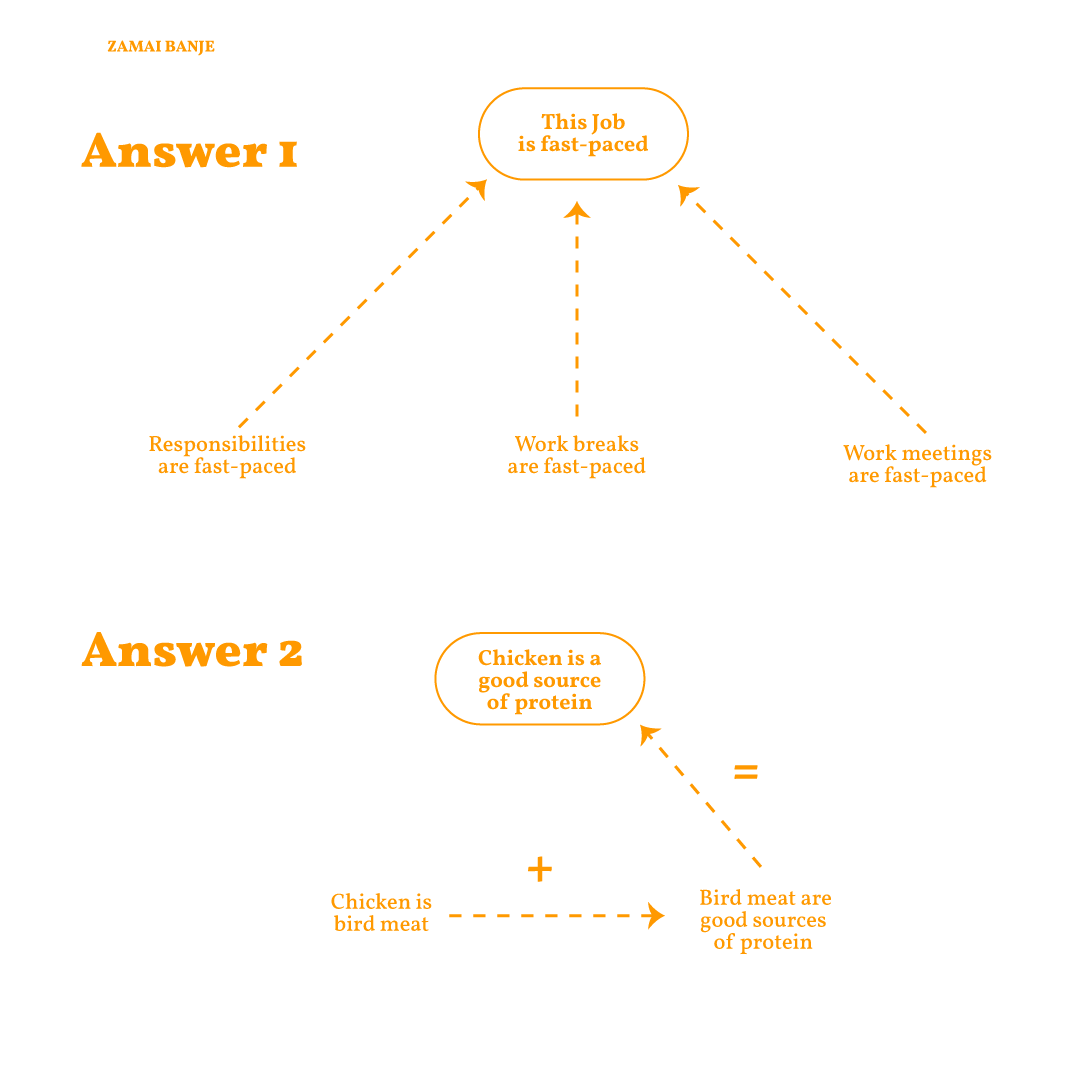Good judgment is your ability to make effective decisions by weighing information, considering consequences, and choosing wisely in uncertain or complex situations.
Effective decision-making comes down to two things:
- Knowing how to get what you want
- Knowing what’s worth wanting
The first point is about making sound decisions. The second is about making good ones. You might think they’re the same, but they are not.
In life, you experience regret over both things you’ve done and things you’ve failed to do.
But the worst regret is when you fail to live a life true to ourselves. It’s when you fail to play by your own scoreboard.
Each autopilot plays a role in setting us up for regret.
- The social autopilot prompts you to inherit goals from other people, even if their life circumstances are very different from yours.
- The comfort autopilot encourages you to continue pursuing the goals you’ve pursued in the past, even after you’ve come to realize that achieving them doesn’t make you happy.
- The emotional autopilot sends you this way and that, chasing whatever captures your fancy in the moment, even at the expense of pursuing long-term goals that matter more.
- And the ego autopilot convinces you to pursue things like wealth, status, and power, even at the expense of happiness and well-being—your own and that of the people around you.
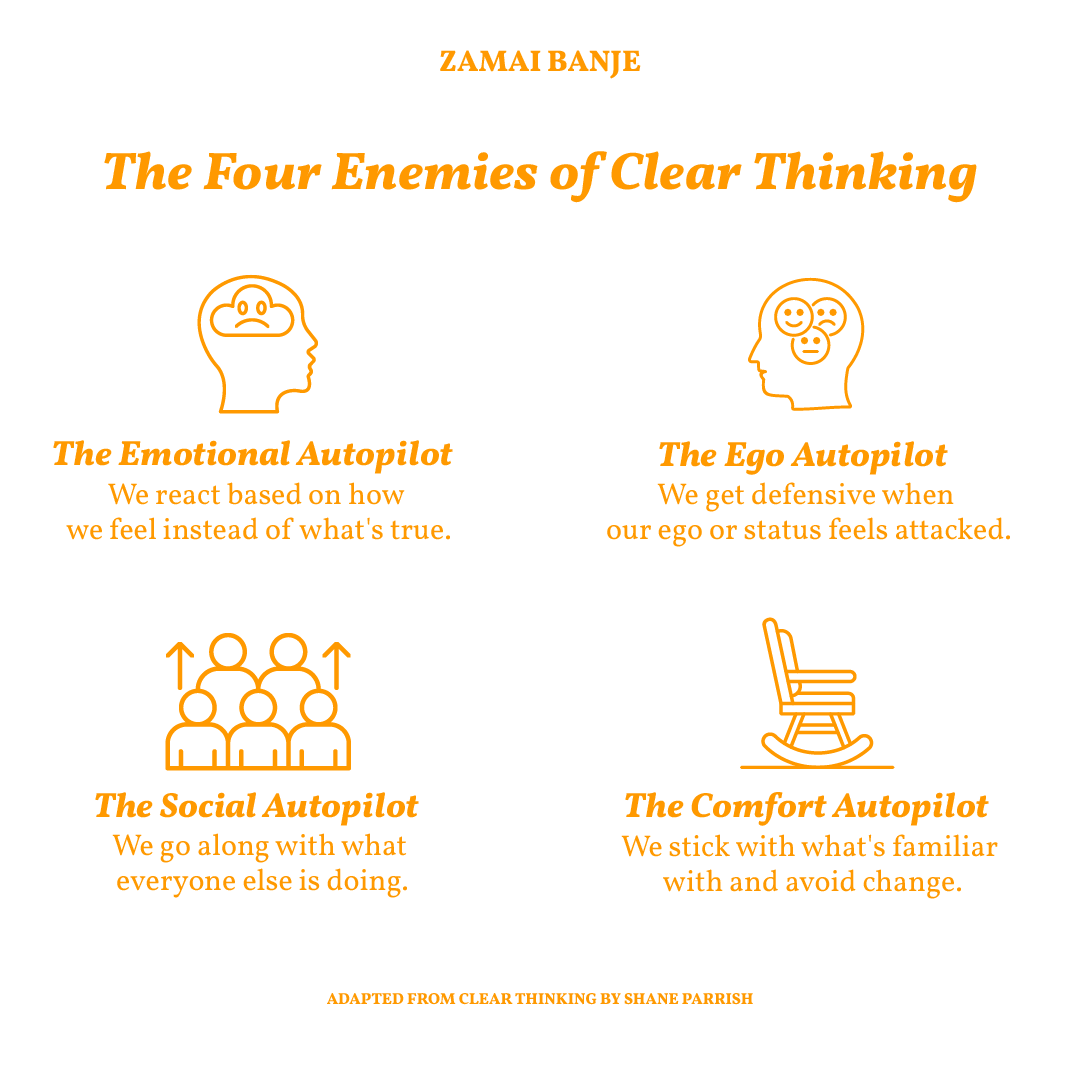
The Four Enemies of Clear Thinking
If you give any of the autopilots command of your life, your ultimate destination is regret.
Don’t live life by another person’s scoreboard. Don’t let someone else choose your objectives in life. Take responsibility for where you are and where you are headed.
Good judgment doesn’t come from chasing success but from building character.
Choose Your Scoreboard for Life
A life lived according to someone else’s scoreboard is not a life worth living.
The quality of what you pursue determines the quality of your life. You think things like money, status, and power will make you happy forever, but they won’t. The moment you get them, we’re not satisfied. You will want more.
This phenomenon is called “the hedonic treadmill”, and everyone has taken a run on it.
Social comparison happens all the time. Sometimes it’s about possessions like houses or cars, but more often it’s about status. You tell yourself that the next level is enough, but it never is.
The next zero in your bank account won’t satisfy you any more than you are satisfied now. The next promotion won’t change who you are. The fancy car won’t make you happier.
The bigger house doesn’t solve your problems. More social media followers won’t make you a better person.
Don’t be part of the “Happy-when” People
Running on the hedonic treadmill only turns you into what we call “happy-when” people.
This set of people thinks they’ll be happy when something happens. The way things are now is the way they expect them to be, and they start taking the good things around us for granted.
Once you join this group, nothing will make you happy.
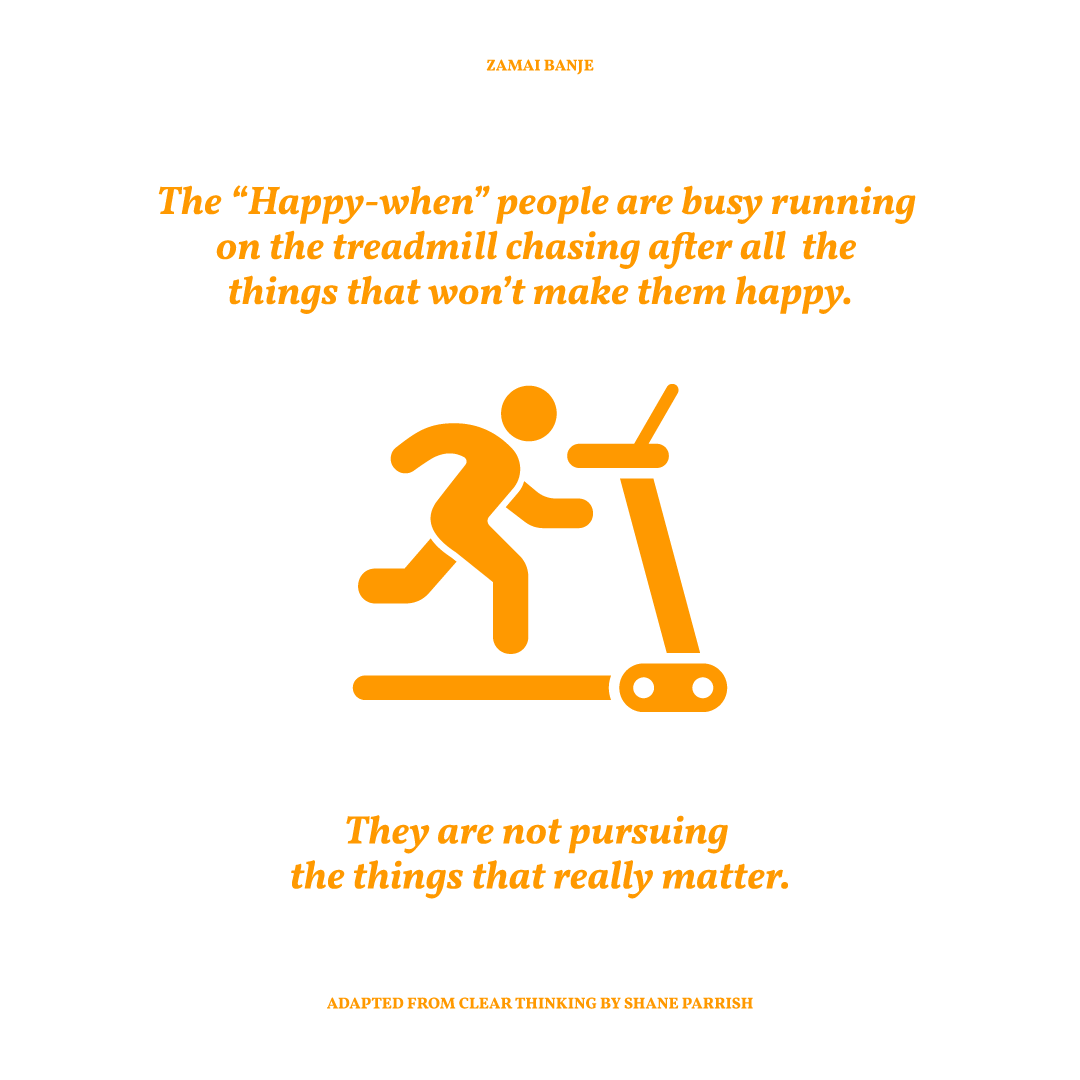
Good Judgment comes from rejecting the Happy-When Philosophy
Making effective decisions and escaping the hedonic treadmill requires all the things we’ve talked about these few weeks:
- The ability to keep the autopilots in check (read full article here)
- Create space for reason and reflection (read full article here)
- Using the principles and safeguards that make effective decisions. (read full article here)
But applying good judgment requires more.
It’s more than knowing how to get what you want. It’s also knowing which things are worth wanting and which things really matter.
Good judgment is as much about saying no as saying yes.
You can’t simply copy the life decisions of others and expect better results. If you want to live the best life you can, you need a different approach.
Knowing what to want is the most important thing.
Deep down, you already know what to do, you just need to follow your own advice. Sometimes, it’s the advice we give other people that we most need to follow ourselves.
Key Lessons from a Study that Connects Happiness with Good Judgment
There is a famous study by Gerontologist Karl Pillemer.
Gerontologists scientifically study age, the process of ageing and the specific problems of old people.
Karl Pillemer had seen numerous studies showing that people in their seventies, eighties, and beyond were happier than younger people.
He eventually authored his Book – 30 Lessons for Living: Tried and True Advice from the Wisest Americans and here are the most important lessons:
Lesson number one: Life is short!
When elders tell younger people that life is short, they’re not being pessimistic.
Instead, they’re trying to offer you a perspective that they hope will inspire better decisions. The older generation wants you to make choices that prioritise the things that really matter.
Time is the ultimate currency of life.
The implications of managing the short time you have on earth are like those of managing any scarce resource. You must use it wisely.
Manage time in a way that prioritises what’s most important.
Other Important Lessons from the Study by Pillemer
- Say things now to people you care about; whether it’s expressing gratitude, asking forgiveness, or getting information.
- Spend the maximum amount of time with your children.
- Savour daily pleasures instead of waiting for “big-ticket items” to make you happy.
- Work in a job you love.
- Choose your mate carefully; don’t just rush in.
The list of things they said weren’t important was equally revealing:
- None of them said that to be happy you should work as hard as you can to get money.
- No one said it it mattered to be as rich as your neighbours or peers.
- No one from the older generation said you should choose your career based on its earning potential.
- None said they wished they had gotten revenge on someone who hurt them.
And the biggest regret people had?
Worrying about things that never happened.
If there were a way of viewing things from the perspective of our elders, we might have the insight to live better lives. We can see in the way the experts do what really matters and what doesn’t.
In fact, there’s an ancient technique for doing precisely this: start thinking about the shortness of life, and it will help you see what really matters.
The Memento Mori Technique
Shifting your perspective to the end of life can help you gain insight into what really matters.
It can help you become wiser. Memento mori is a Latin phrase meaning “remember you must die.” This phrase serves as a poignant reminder of mortality and the brevity of life.
When you imagine looking back on your life from the end, the worries and wants that seem so important right now fade away. What matters instead are the things that have real, lasting meaning.
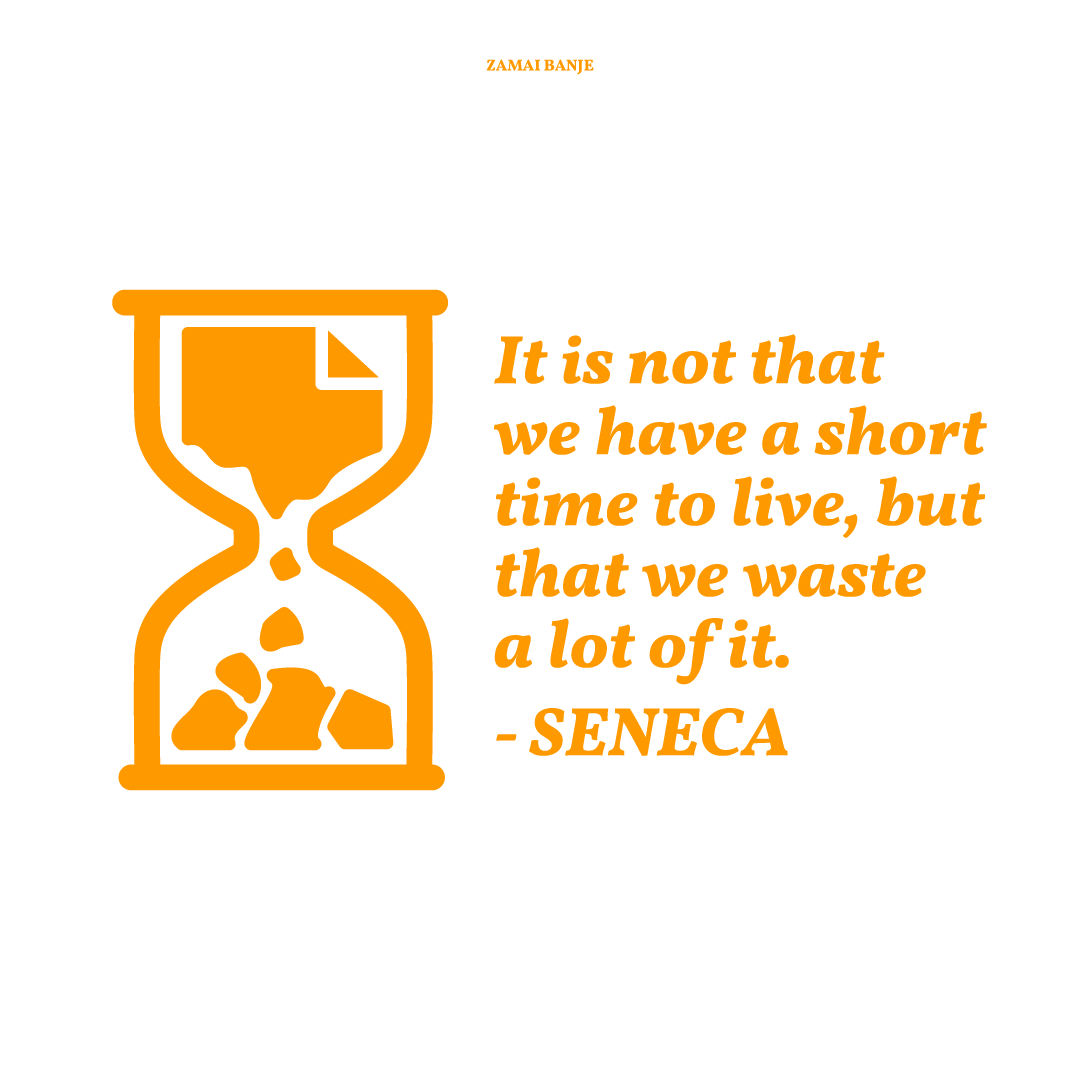
Good Judgment comes from not wasting your life
This shift in your perspective allows you to turn your future hindsight into your current foresight. It gives you a map you can use to navigate into the future.
For many of us, looking at life this way reveals that our current direction isn’t fully aligned with where we want to end up. Seeing that is a good thing!
For instance, Jobs had a daily ritual. Every morning, he would look in the mirror and ask himself, “If today were the last day of my life, would I want to do what I am about to do today?”
Knowing you’re heading in the wrong direction is the first step toward getting back on course.
When you get clear on what really matters, you can start asking yourself, “Am I making the right use of my limited time?”
How to Unlock Life Lessons from Death
Evaluating your life through the lens of your death is raw, powerful and perhaps a bit scary.
What matters most becomes clear.
You become aware of the gap between who you are and who you want to be. You see where you are and where you want to go. Without that clarity, you lack wisdom and waste the present on things that don’t matter.
When you know the destination, how to get there becomes clearer.
When you imagine your older self and what you want your life to look like in hindsight, you stop thinking about the small things that encourage you to be reactive instead of proactive.
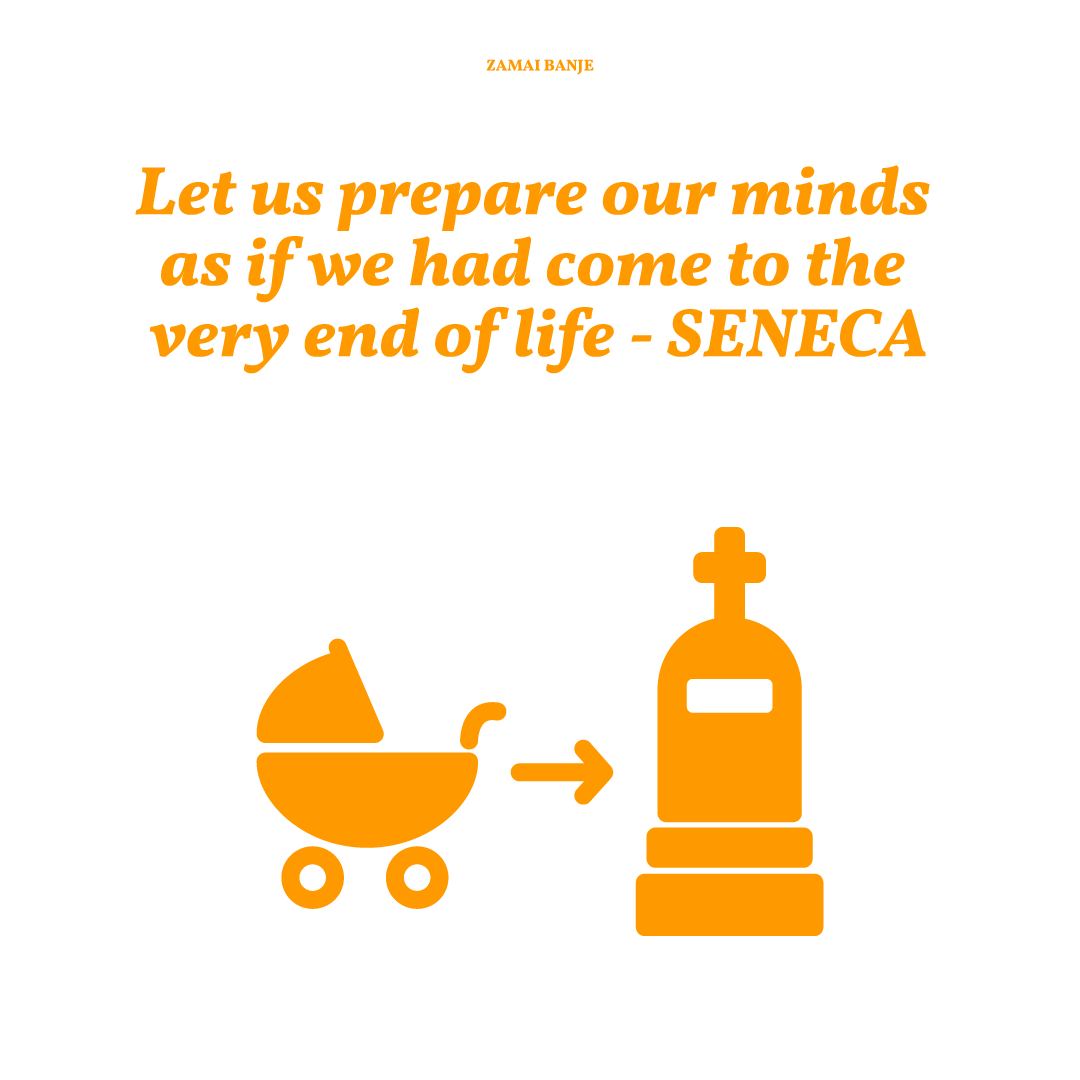
You start to see what matters to you. The small things look small, and the things that really matter start to look big.
From this perspective, it’s easier to navigate toward the future you really want. You can see the gap between where you are and where you want to be and change course if necessary.
What seems like winning in the moment is often just a shallow victory.
It seems important at the time, but unimportant when you view it from the perspective of life.
When you’re not going in the direction in which you want to end up, you end up regretting where you end up. And avoiding regret is a key component to life satisfaction.
The True Value of Clear Thinking
Making sound decisions is time-consuming and expensive but making poor decisions will cost you a fortune.
The overarching message of reviewing Clear Thinking by Shane Parrish is that there are invisible instincts that conspire against good judgment.
Your autopilots encourage you to react without reasoning; to live unconsciously rather than deliberately.
When you revert to autopilots, you engage in a game you can’t win.
When you live a life run on autopilot, you get bad results. You make things worse. Sometimes, you say things that can’t be unsaid and do things that can’t be undone.
You might accomplish your immediate goal, but you fail to realise that you’ve made it harder to achieve your ultimate goals.
All of this happens without being consciously aware that you are making these decisions in the first place.
The key to getting what you want out of life
Identify how the world works and align yourself with it.
Often people think the world should work differently than it does, and when they don’t get the outcomes they want, they try to wiggle out of responsibility by blaming other people or their circumstances.
Avoiding responsibility is a recipe for misery, and the opposite of what it takes to make good judgment.
Improving your decision-making processes is less about accumulating tools to enhance your rationality and more about implementing safeguards that make the desired path the path of least resistance.
Making good judgment about designing systems when you’re at your best that work for you when you’re at your worst. Those systems don’t eliminate the autopilots, but they do help you recognize when they are running the show.
Managing your autopilots requires more than willpower.
Autopilots operate at our subconscious level, so overriding them requires harnessing equally powerful forces that pull your subconscious in the right direction: habits, rules, and environment.
Overriding your autopilots requires implementing safeguards that render the invisible visible and that prevent you from acting too soon.
And it requires cultivating habits of mind (accountability, knowledge, discipline, and confidence) that put you on the right track and keep you there.
The small improvements you make in your decision-making processes won’t be felt until they are too large to ignore.
Gradually, as the improvements accumulate, you will notice that less of your time is spent fixing problems that shouldn’t exist in the first place.
You’ll notice the various parts of your life blending harmoniously together, and you’ll notice that you experience less stress and anxiety and more joy.
Good judgment can’t be taught, but it can be learned.
This is the true value of clear thinking.
P.S.: This was the final part for my summary on the Book – Clear Thinking: Turning Ordinary Moments into Extraordinary Moments by Shane Parrish.
Incase you missed the previous parts, here are the links:
- Clear Thinking: How and Why Do People Make Bad Decisions?
- High Standards: Building Strength for Clear Thinking
- Safeguards: Turning Your Weaknesses and Mistakes into Strengths
- Better Decisions: The Hidden Framework Behind Clear Thinkers
Whenever you’re ready, there are 3 ways I can help you:
- Your Highest Self Newsletter: Every Sunday, I share actionable tips from successful people on how to master money, mindset and meaning. (Please confirm your subscription on the first mail received so the newsletter does not go to junk.)
- Fast Track Book: Stay relevant, master new skills, and be ready for whatever life throws at you. This is the complete roadmap to speed up your learning process and expand the opportunities available to you.
- Personal Wealth Maximizer: Take control of your finances and build financial freedom. The Personal Wealth Maximizer give you the exact knowledge and tools to break free from money struggles and build financial confidence.

